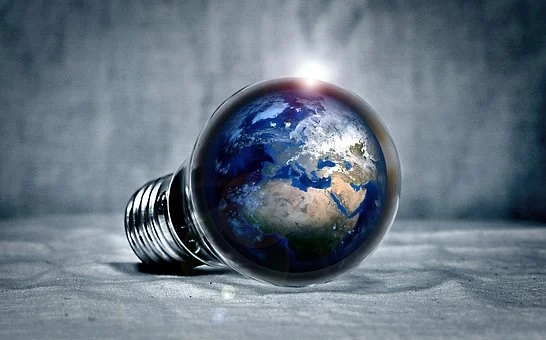On June 8, 2021, the Ministry of the Environment (MOE) released the Annual Report on the Environment, the Sound Material-Cycle Society, and Biodiversity for 2021, with the theme of redesigning the economy and society toward carbon neutrality in 2050. The white paper, the first to be released after Japan declared 2050 carbon neutrality, introduces the efforts of the government, local governments, and businesses in three transitions: “transition to a decarbonized society,” “transition to a circular economy,” and “transition to a decentralized society” to overcome the two crises of climate change and new coronavirus infection. It also explained the efforts of the government, local governments, and businesses, and the efforts of local communities and businesses, as well as the work styles and lifestyles of each individual, to achieve environmental, economic, and social sustainability in the post-COVID-19 era, based on lots of examples.
The Annual Report on the Environment, a Sound Material-Cycle Society, and Biodiversity are submitted to the Diet based on the Basic Environment Law, the Basic Act on Establishing a Sound Material-Cycle Society, and the Basic Act on Biodiversity, respectively. The three reports have been combined since the 2009 edition in order to present an easy-to-understand overall picture of environmental issues to the public and to encourage participation and cooperation.
Outline of the Annual Report on the Environment, the Sound Material-Cycle Society and Biodiversity for 2021
The structure and outline of the 2021 White Paper are as follows.
Part 1: Report on Comprehensive Policies, etc.
Chapter 1: Economic and Social Redesign and the Three Transitions
・・・・・・The goal is to overcome the critical situation by promoting social reform and biodiversity conservation.
Chapter 2: The Three Transitions to a Decarbonized Society, a Circular Economy, and a Decentralized Society
・・・・・・Government-led efforts to redesign the economy and society through the three transitions.
Chapter 3: Creating a sustainable society started by the community and us
・・・・・・Introduces the need to build a sustainable society by making regions and life cycle sustainable, through case studies and other examples.
Chapter 4: Reconstruction and Environmental Restoration Efforts in the Disaster Area 10 Years after the Great East Japan Earthquake
・・・・・・Provides information on the progress of environmental restoration efforts in the disaster-stricken areas and the efforts for a new stage of reconstruction.
Part 2: Policies in various fields
Chapter 1: Conservation of the Global Environment
Chapter 2: Efforts for Conservation and Sustainable Use of Biodiversity
Chapter 3: Formation of a Recycling-Oriented Society
Chapter 4: Efforts to Conserve Water, Soil, Ground, Marine, and Atmospheric Environments
Chapter 5: Comprehensive measures for chemical substances management
Chapter 6: Measures as the basis for various policies and measures related to international efforts
 MOE of Japan releases Annual Report on the Environment, the Sound Material-Cycle Society and Biodiversity for 2021
MOE of Japan releases Annual Report on the Environment, the Sound Material-Cycle Society and Biodiversity for 2021 

























